How to Use this Top 10 Guide
This DK Top 10 guide is one of a new generation of illustrated travel-guide eBooks that guarantees you make the most of your visit before, during and after your stay. Use this eBook both to plan your trip and explore your destination when visiting. So, before you depart, browse the citys highlights, check out the themed sightseeing lists or simply tap through the guide and be inspired.
The best way to explore this guide is to begin at the main table of contents. The first section of the eBook shows you, quite simply, the best sights in the destination. This is followed by: Top 10 of Everything themed Top 10 lists that allow you to make the most of your time away; Around the Destination must-see sights, area by area; Streetsmart essential practical information; and the General Index (a great alternative to Search when you need to quickly look up a keyword or specific sight).
Shorter contents lists appear at the start of every section in the guide, and are designed to make chapter navigation quick and easy. You can jump back to these by clicking on the chapter-heading links that sit with an arrow icon at the top of every article.
There are dozens of useful, easy-to-use maps at the back of this eBook. Select the "View map" links thoughout the guide to see larger-scale versions fill your screen.
As you use this guide, create a personalized itinerary by bookmarking the sights, venues and activities that are of most interest, giving you the quickest possible access to everything youll need for your time away.
Price guide
All price ranges quoted for hotels in this guide are based on a standard, double room per night (with breakfast if included), taxes and extra charges. Similarly, all price ranges quoted for restaurants are based on a three-course meal for one with half a bottle of wine (or equivalent meal), taxes and extra charges.

Corsicas Highlights
Corsica encapsulates the best the Mediterranean has to offer. Protected by strict environmental laws, its coastline has escaped the kind of development that has subsumed the Rivieras, while the forests, gorges and crumbling villages of the interior have altered little in centuries. The island also preserves a wealth of historic monuments, ranging from the Bronze Age menhirs of the Torren people to spectacular Genoese Citadelles.

Ajaccio

Interior of Grand Caf Napolon
With a backdrop of wild, granite mountains and lapis-blue sea, Ajaccio ranks among the most splendidly sited capitals in the Mediterranean. Travellers from Edward Lear to Guy de Maupassant were enthralled by its setting, and the imperial city remains an essential stop for visitors not least because of its association with Napoleon, who was born and raised here. The Bonapartes former residence lies in the heart of a grid of narrow, weather-worn alleys, where you can sip pastis at a pavement caf while the locals take their afternoon passeghiata (walk), or enjoy fresh seafood straight off the boats.
 les Sanguinaires
les SanguinairesOne of Alphonse Daudets most famous novellas, Lettres de mon Moulin, was inspired by a visit to this archipelago of exquisite islets, tapering into the sea from the northern tip of Ajaccios gulf.
 The Citadelle
The CitadelleOriginally built by the Genoese, Ajaccios hexagonal Citadelle juts into the bay next to St-Franois beach. The fortress is considered sacred by Corsicans for having housed resistance fighters in World War II.
 Farmers Market
Farmers MarketEach weekday during the tourist season, producers from across the island descend on the square behind the old Htel de Ville to sell fragrant local honey, fresh maquis herbs and artisanal sausages.
 Salon Napolonien
Salon NapolonienNapoleons death mask is just one among dozens of quirky items of memorabilia on show at this small museum inside the Htel de Ville on Place Foch.
 Les Millelli
Les MillelliNestled in an olive grove overlooking the city, Les Millelli was the Bonapartes country retreat. Napoleon stayed here during his last visit to Ajaccio in 1799. The grounds make for an excellent picnic spot.
 Maison Bonaparte
Maison BonaparteThe Bonapartes lived in this house until Paolist rebels drove them into exile in 1793. The sofa on which Napoleon was born is the prize exhibit.
 Fishing Harbour
Fishing HarbourAjaccios tiny fishing quay, just south of the marina, is a great place to visit early in the morning, when the nights catch is being landed against a backdrop of palms, yachts and giant ferries.
 Muse Fesch
Muse FeschThis former palace boasts a fine collection of Renaissance art. Leda and the Swan, a 16th century painting by Paolo Veronese, is also on display.
 Ajaccio Cathedral
Ajaccio CathedralA brooding Delacroix painting of the Virgin holding the Sacred Heart sets a sombre tone for visits to this late-baroque cathedral, where Napoleon was baptized.
 Cimetire
CimetireThe local bourgeoisie have long contended with each other to erect the most awe inspiring tombs in the cemetery sprawling from Ajaccios western fringe. The cimetire is a city in miniature, with rows of domed neoclassical mausoleums and marble memorial gardens.
Tip: The Passemuse (museum pass), on sale at the tourist office, buys you unlimited access to the citys museums for a week.
Tip: is a great place for a cup of Corsican coffee.
Napoleon and Corsica
Although born in Ajaccio, Napoleon spent his formative years in Paris, becoming a passionate advocate of the French Revolution, which did little to endear him to Pascal Paolis nationalist regime back home. Having been chased into exile by Paolis supporters, Napoleon shunned his homeland for good, returning only once, briefly, while en route to France after his Egyptian campaign.
Visitor Information
- Tourist Office
- 3 Boulevard du Roi Jrome

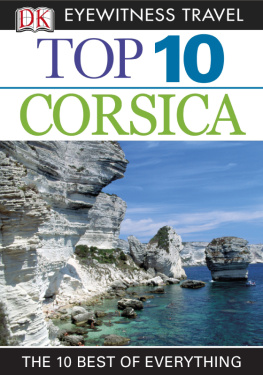
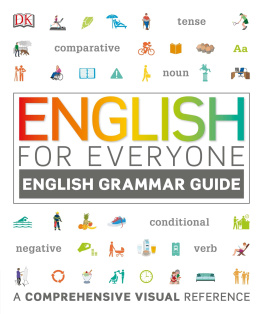
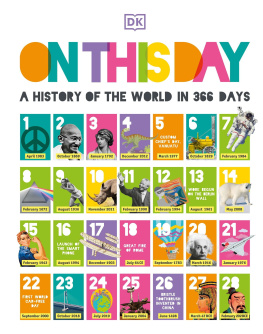



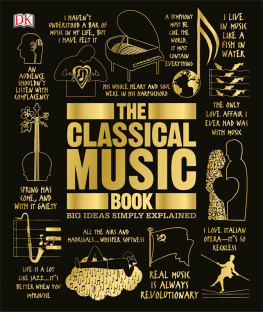
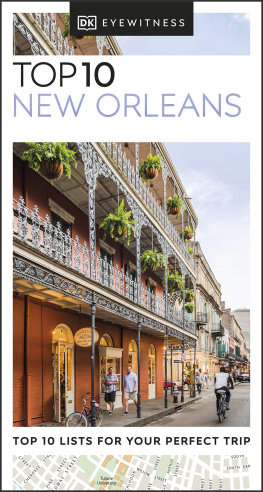

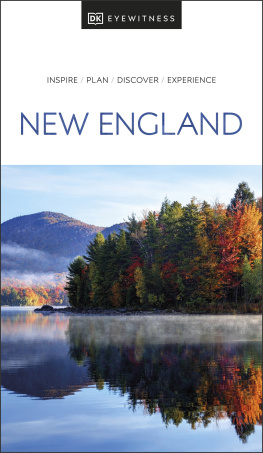

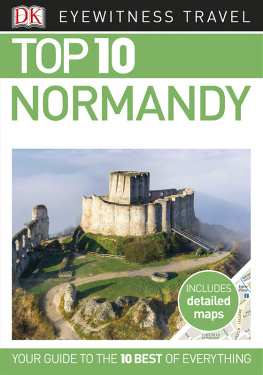
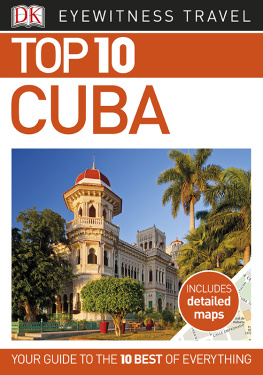

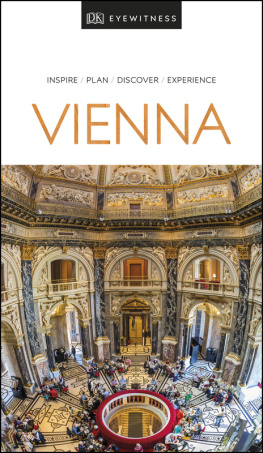
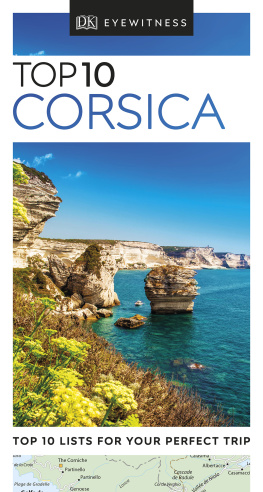
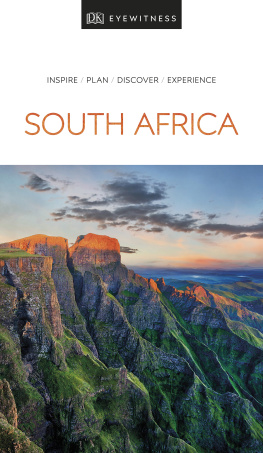
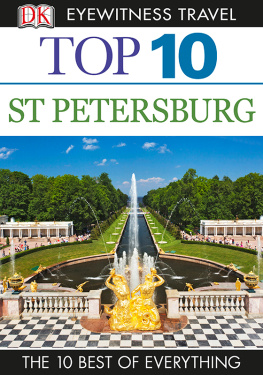
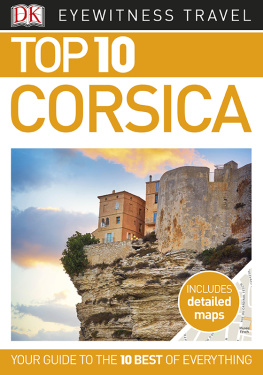
 Corsicas Highlights
Corsicas Highlights
 les Sanguinaires
les Sanguinaires The Citadelle
The Citadelle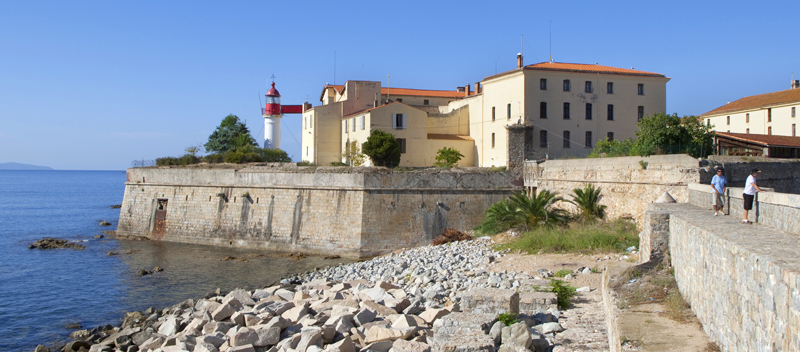
 Farmers Market
Farmers Market Salon Napolonien
Salon Napolonien Les Millelli
Les Millelli Maison Bonaparte
Maison Bonaparte Fishing Harbour
Fishing Harbour Muse Fesch
Muse Fesch Ajaccio Cathedral
Ajaccio Cathedral Cimetire
Cimetire